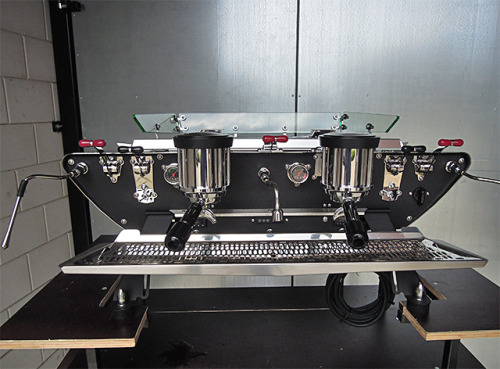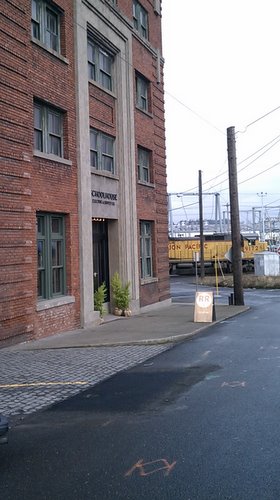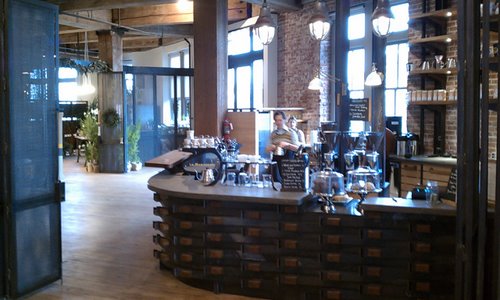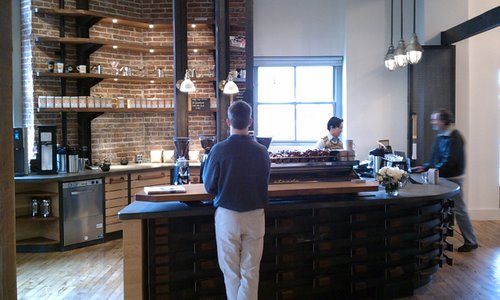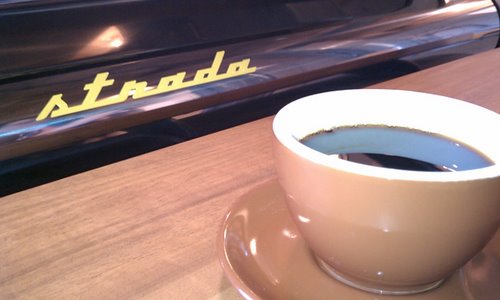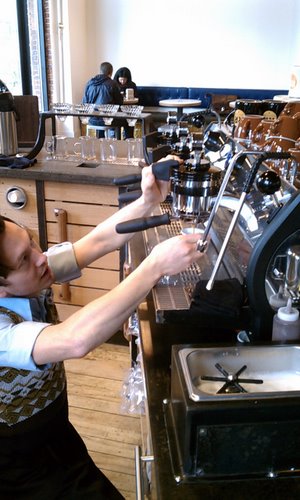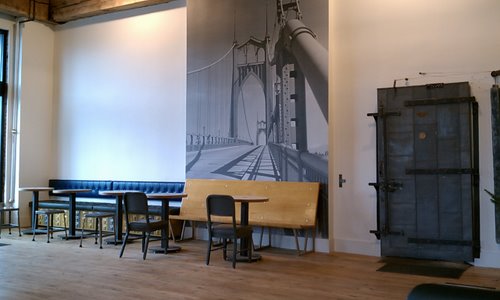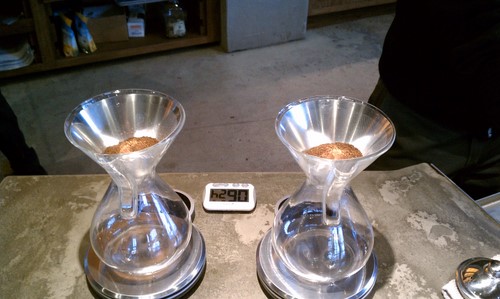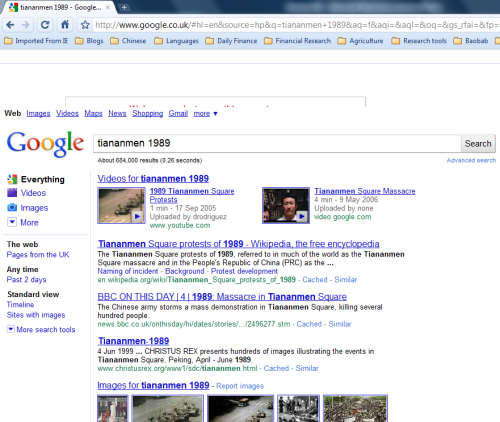When you think of coffee technology, you might think of the sleek, shiny espresso machines sitting on the bar, the mysterious glass orbs of the vacuum pot, or the lengthy, spiral curves of a Japanese ice-brewer. These are the complex technologies on display in a specialty coffee shop—the “stars of the show,” if you will.
One technology you might overlook, because it is much less flashy, is the cup. Despite its relative simplicity, the cup you drink from has a large impact on your coffee experience.
The best way to enjoy hot coffee is to drink it from a ceramic mug. Mugs feel solid in the hand and smooth on the lips. A mug’s open top allows the full aroma of the coffee to reach your nose. As long as they have been washed properly, ceramic mugs do not impart any flavors into the coffee.
Drinking from a paper cup is a much different experience. Paper feels cheap and can add a dull off-flavor to your coffee. When you put a plastic lid on top of the paper cup, you trap most of the aroma inside the cup, further reducing the taste experience. If you drink a cappuccino from a to-go cup, you distort the balance between the textured milk and the coffee (the foam gets trapped under the lid when you tip the cup). On top of its taste deficiencies, using paper cups creates a large stream of waste destined for the landfill.
Nevertheless, many people drink their coffee from a paper cup. From my own observations, I would estimate that at least 50% of the coffee sold in cafés is ordered to go. For some cafés, the percentage is higher. At the Starbucks I worked at in Boston, the rate was closer to 95% (it was a commuter store). Whatever the exact number, a lot of people order their coffee to go, and a high percentage of them do not get the coffee experience they deserve.
Enter a new lid
Entrepreneur Craig Bailey wants to change this. Bailey, a former engineer in the paper industry, has developed a new version of the to-go cup lid he calls FoamAroma. The new lid allows coffee drinkers to taste more of a cappuccino’s foam and smell more of the coffee aroma. Bailey’s idea came to him one day when he stopped in at Lava Java, former USBC champ Phuong Tran’s café in Ridgefield, WA.
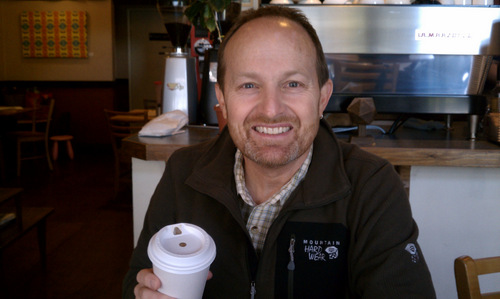 Craig Bailey, inventor/entrepreneur
Craig Bailey, inventor/entrepreneur
“Before October 2007, I was drinking coffee for the caffeine,” said Bailey, a former engineer in the pulp and paper industry. “I had this project up in Longview and I happened to stop in at Lava Java. I don’t know why, but I changed to a traditional five and a half ounce cappuccino. I have no idea why. I just had to try it, and it changed my life. It actually blew me away.”
His eyes opened to how good coffee could be, Bailey went back for more.
“I got the same drink to go in the car the next day,” he said, “but it wasn’t the same experience.”
Trapped under the plastic lid of a to-go cup, the cappuccino failed to impress him. Disappointed, Bailey began to look for ways to fix the problem.
“I took the Solo lid and started poking holes and cutting slots and tearing tabs,” he said. “I got some hard clay in the house—I was going to form molds and fix the problem. FoamAroma is the product of that epiphany.”
Bailey wanted to produce a drinking experience that would mirror that which a mug offered.
“The velvety, textured foam is such a big part of the experience, as is the aroma,” he said.
For two years, Bailey’s interest in creating a better lid was just a hobby, but things changed in the spring of 2009, when a large earthquake struck Chile and damaged that country’s main port. Chile is a large pulp exporter, and as a result of the port shutdown, the world price for pulp shot up. The mill where Bailey was working at the time could not afford to purchase pulp, so it cancelled the project he was working on. Bailey took the cancellation as a sign it was time to turn his hobby into a business. That summer, he found a plastic manufacturer in Florida and a patent attorney, and he has been working on FoamAroma full time since then.
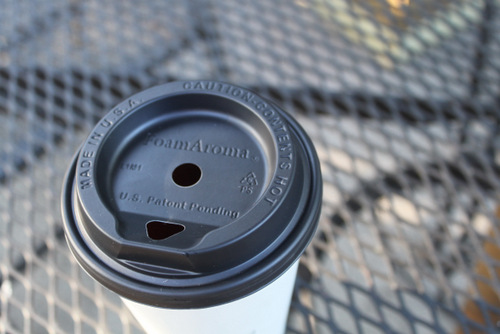
The new lid has a round hole in the center and a large, triangle-shaped hole for drinking from. The triangle mouth hole sits on a surface that is inclined toward the center of the cup. This directs any splashes back toward the center of the cup, unlike a traditional Solo lid, where coffee splashes straight up when the cup is bumped.
The larger holes in the FoamAroma lid also allow coffee drinkers to slurp the coffee, so customers can drink their coffee right away instead of waiting for it to cool.
“It turns out that if you can slurp air through as you sip, it cools the fluid off and you don’t burn your mouth,” said Bailey.
FoamAroma is currently available in black or white for standard 12-24oz. cup sizes. A version for an 8-oz. cup has been designed and prototyped, and should be in production soon.
These days, Bailey spends much of his time visiting cafés and other places where coffee drinkers and café owners gather, spreading the message that a better to-go coffee experience is possible.
“I’ve learned that most baristas don’t drink from paper cups, so they don’t know how bad [the old lids are] until you get them to do a side-by-side comparison,” he said.
Besides coffee, Baily is also targeting the tea industry. FoamAroma’s first major order was for a container load to England, where tea is the most popular hot beverage. At the London Tea Festival, one tea shop owner called the FoamAroma the ‘holy grail’ because it allows tea drinkers to smell the teas’ aromas.
Whether or not FoamAroma becomes the new standard for the hot beverage industry, Bailey says there is no turning back now.
“I cashed it all in,” he said. “I’m in this 100%. I’m not going back to spending days with chemical engineers behind a computer. I like talking to coffee people. It’s a lot more fun.”
 Thursday, November 7, 2013 at 12:07PM
Thursday, November 7, 2013 at 12:07PM 


